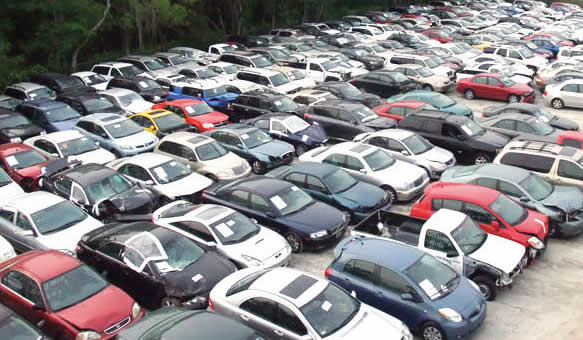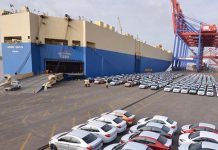Cab Hailing service, Uber Technologies Inc’s drive to become a major player in the trucking business is off to a rocky start, with analysts and industry executives questioning what exactly the company can bring to the sprawling $700-billion industry.
The San Francisco ride-services giant had planned to disrupt freight hauling by offering a complete package of trucking technology including self-driving trucks and smartphone-based logistics services.
But what has emerged so far, industry watchers say, is a modest effort to build a brokerage service connecting truckers looking for loads to shippers with cargo to haul.
Uber’s self-driving truck effort is weighed down by a high-stakes lawsuit over allegedly stolen trade secrets linked to its $680-million purchase of self-driving trucking startup OttoMotto last year. Testing of the autonomous technology has slowed and several Otto engineers have been redeployed to Uber’s cargo business, according to state transportation agencies and Uber officials.
Meanwhile, that unit, dubbed Uber Freight and launched publicly in May, looks a lot like the firms it is trying to displace. Rival startups and old-line transport firms alike have come out with apps to match truckers to cargo. Uber Freight also uses a conventional call center and online “load boards” where truckers have found work since the dot-com era began.
Uber executives say the company’s push into trucking is moving forward at full throttle. Bill Driegert, director of operations at Uber Freight, said the business is shipping “large brand names” and has “a solid core of drivers who have signed up and are using it regularly.”
“We are all in on this,” Driegert said. “We are in it for the long-term and we think we can make a difference.”
Still, he acknowledged that Uber’s self-driving truck initiative and its freight business are on separate tracks, with no plans to collaborate on a full complement of services anytime soon. Otto doesn’t yet have a commercial product for customers to buy.
In April, Uber retired the “Otto” name without explanation and now lumps the business into its Advanced Technologies Group, a unit that works on a variety of self-driving technologies and mapping.
Detours and course-corrections are typical with any startup. Uber’s challenge is to make inroads in a fragmented, low-margin industry where many shippers and brokers have ties going back decades.
Delivering cargo requires more complex logistical planning than does ferrying people home from bars. The financial stakes are higher too. Goods can spoil and shippers and fleet managers can lose money if a load doesn’t arrive on time, Reuters reports.
Investors are counting on it. Optimism that the San Francisco ride-services giant can “Uberize” other transport businesses has propelled the firm to a $68 billion valuation, despite its lack of profits. Uber lost $708 million in the first quarter, down from $991 million in the fourth quarter last year, the company said recently.
Privately held Uber is under pressure to go public. Investors, including Saudi Arabia’s Public Investment Fund and Fidelity Investments, are waiting for a big payoff.












